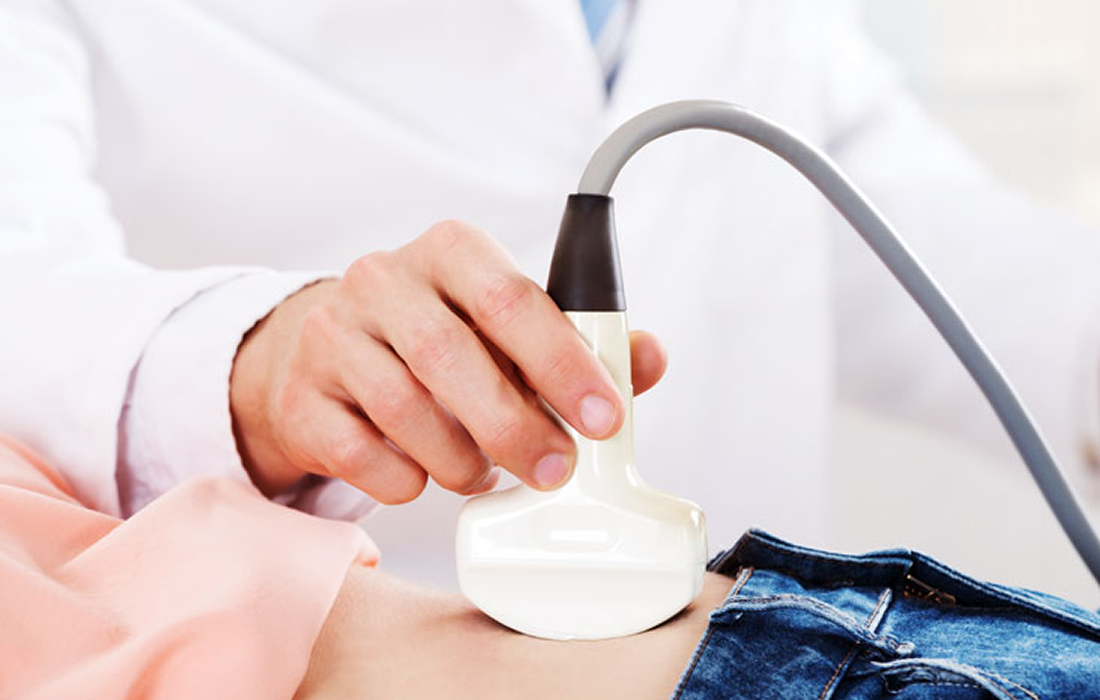Regenerative Medicine News and General Information
New Wearable Ultrasound Monitoring
Continuous imaging of internal organs over days could provide crucial information about health and diseases and enable insights into developmental biology.
Getting an ultrasound could soon become as easy as putting on a bandage, thanks to recent innovations by a team at the Massachusetts Institute of Technology (MIT)
Researchers have developed a new bioadhesive ultrasound device that can provide 48 hours’ worth of ultrasound images of organs, muscles, and tissues.
How does it work?
To image with traditional ultrasound, a gel is first applied to the skin to help transmit ultrasound waves. These waves are produced by a stick-like probe that is pressed into the desired area. The waves bounce off the body’s internal organs and are echoed back and picked up by the probe, creating an image.
Instead of gel and a stick, Zhao and his team invented a thin patch probe that pairs with a jelly layer that facilitates the transfer of ultrasonic waves. The patch allows for imaging both close to the surface and up to 20 centimeters deep.
How would this technology help us?
The sticker was tested on 15 subjects in different body areas (including the arm, neck, and chest). Participants were monitored over the course of 48 hours and engaged in everyday activities like walking, jogging, and bicycling.
When applied to the arm, for example, the ultrasound sticker was able to continuously image the biceps over a 48-hour period. It was sensitive enough for Zhao to monitor the microdamage in these muscles during and after a 1-hour weightlifting session.
When placed on the neck, the sticker was able to monitor blood pressure (BP), so could help ambulatory monitoring of BP, and warn the patient or physician of high BP.
When placed on the chest, the sticker imaged the heart, offering potential new management options for those with heart problems.
One possible feature in the future is the ability of monitoring the pregnant population.The ultrasound sticker could allow a mother and her physician to see her fetus as often as needed to ensure good health.
Currently this device sends the images to a data device via wire. Is estimated 2-5 years for the integrated system to be made wireless and receive Food and Drug Administration approval for medical use in the United State. That will be a huge step for medicine.
Source:
CHONGHE WANG, XIAOYU CHEN, LIU WANG, MITSUTOSHI MAKIHATAHSIAO-CHUAN LIU, TAO ZHOU , AND XUANHE ZHAO ,(JULY 28). Bioadhesive ultrasound for long-term continuous imaging of diverse organs. Science. Retrieved from: https://www.science.org/doi/abs/10.1126/science.abo2542?af=R&utm_source=sfmc&utm_medium=email&utm_campaign=SCIeToc&utm_content=alert&et_rid=870754431&et_cid=4335534

